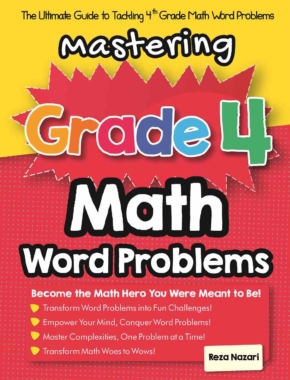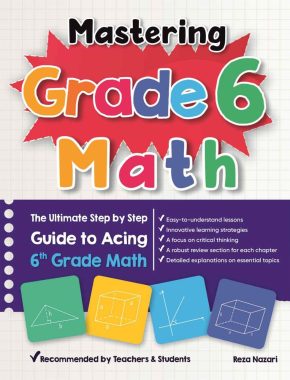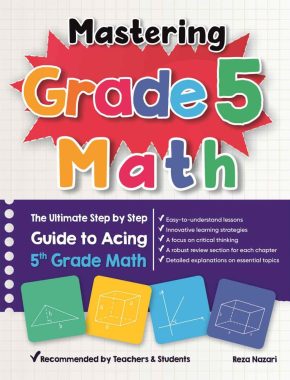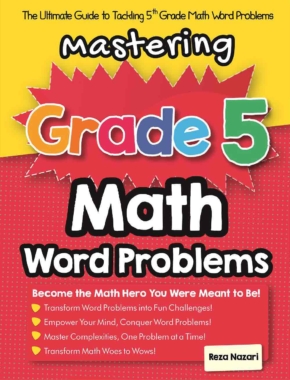How to Use Number Lines to Add and Subtract Fractions with Like Denominators
Number lines are excellent tools for visualizing the addition and subtraction of fractions, especially when the fractions have the same denominator.
[include_netrun_products_block from-products="product/5-staar-grade-4-math-practice-tests-extra-practice-to-help-achieve-an-excellent-score/" product-list-class="bundle-products float-left" product-item-class="float-left" product-item-image-container-class="p-0 float-left" product-item-image-container-size="col-2" product-item-image-container-custom-style="" product-item-container-size="" product-item-add-to-cart-class="btn-accent btn-purchase-ajax" product-item-button-custom-url="{url}/?ajax-add-to-cart={id}" product-item-button-custom-url-if-not-salable="{productUrl} product-item-container-class="" product-item-element-order="image,title,purchase,price" product-item-title-size="" product-item-title-wrapper-size="col-10" product-item-title-tag="h3" product-item-title-class="mt-0" product-item-title-wrapper-class="float-left pr-0" product-item-price-size="" product-item-purchase-size="" product-item-purchase-wrapper-size="" product-item-price-wrapper-class="pr-0 float-left" product-item-price-wrapper-size="col-10" product-item-read-more-text="" product-item-add-to-cart-text="" product-item-add-to-cart-custom-attribute="title='Purchase this book with single click'" product-item-thumbnail-size="290-380" show-details="false" show-excerpt="false" paginate="false" lazy-load="true"]

A step-by-step guide to Using Number Lines to Add and Subtract Fractions with Like Denominators
Here’s a step-by-step guide on how to add and subtract fractions with like denominators using number lines:
Adding Fractions with Like Denominators:
Step 1: Draw a Number Line
Start by drawing a long line on a piece of paper. This will be your number line. Mark a point on the far left of this line as 0.
The Absolute Best Book for 4th Grade Students
Step 2: Divide the Number Line
Divide the number line into equal parts according to the denominator of your fractions. For example, if you’re adding \(\frac{1}{4}\) and \(\frac{2}{4}\), divide your number line into 4 equal parts.
Step 3: Identify the Fractions on the Number Line
Identify the points on the number line that correspond to the fractions you’re adding. In this case, you would mark \(\frac{1}{4}\) and \(\frac{2}{4}\) on the number line.
Step 4: Add the Fractions
To add the fractions, start at 0 and move right along the number line for the amount of the first fraction. From there, move right for the amount of the second fraction. The point you land on is the sum of your fractions. In this case, if you move \(\frac{1}{4}\) for the first fraction and then \(\frac{2}{4}\) for the second fraction, you’ll land on \(\frac{3}{4}\). So, \(\frac{1}{4} + \frac{2}{4} = \frac{3}{4}\).
Subtracting Fractions with Like Denominators:
Step 1: Draw a Number Line
Just as with adding fractions, start by drawing a number line and mark a 0 at the far left.
Step 2: Divide the Number Line
Divide your number line into equal parts according to the denominator of your fractions. For example, if you’re subtracting \(\frac{2}{4}\) from \(\frac{3}{4}\), divide your number line into 4 equal parts.
A Perfect Book for Grade 4 Math Word Problems!
Step 3: Identify the Fractions on the Number Line
Mark the fractions you’re working with on the number line. In this case, you would mark \(\frac{3}{4}\) (the fraction you’re starting with) and \(\frac{2}{4}\) (the fraction you’re subtracting).
Step 4: Subtract the Fractions
To subtract fractions, start at the point representing the first fraction (\(\frac{3}{4}\) in this example) and move left for the amount of the second fraction (\(\frac{2}{4}\)). The point you land on is the result of your subtraction. In this case, you’ll land on \(\frac{1}{4}\). So, \(\frac{3}{4} – \frac{2}{4} = \frac{1}{4}\).
Using number lines can be a powerful way to visualize fraction operations. It helps to clarify what it means to add and subtract fractions and can be especially useful for those who are new to fractions or who benefit from visual learning.
A Perfect Book for Grade 4 Math Word Problems!
Related to This Article
More math articles
- How to Convey Decimals in Words
- Algebra Puzzle – Challenge 55
- The 5 BEST Online Math Tutoring Tools
- Stem –and–Leaf Plots
- Estimating Differences
- How to Evaluate Two Variables? (+FREE Worksheet!)
- How to Find Interval Notation
- 6th Grade Common Core Math Practice Test Questions
- How to Solve Multi-Step Inequalities? (+FREE Worksheet!)
- How to Get out of a Knowledge Check on ALEKS?
















What people say about "How to Use Number Lines to Add and Subtract Fractions with Like Denominators - Effortless Math: We Help Students Learn to LOVE Mathematics"?
No one replied yet.